Best Night Sky Events of February 2014: Stargazing Sky Maps (Gallery)
First Quarter Moon, February 2013
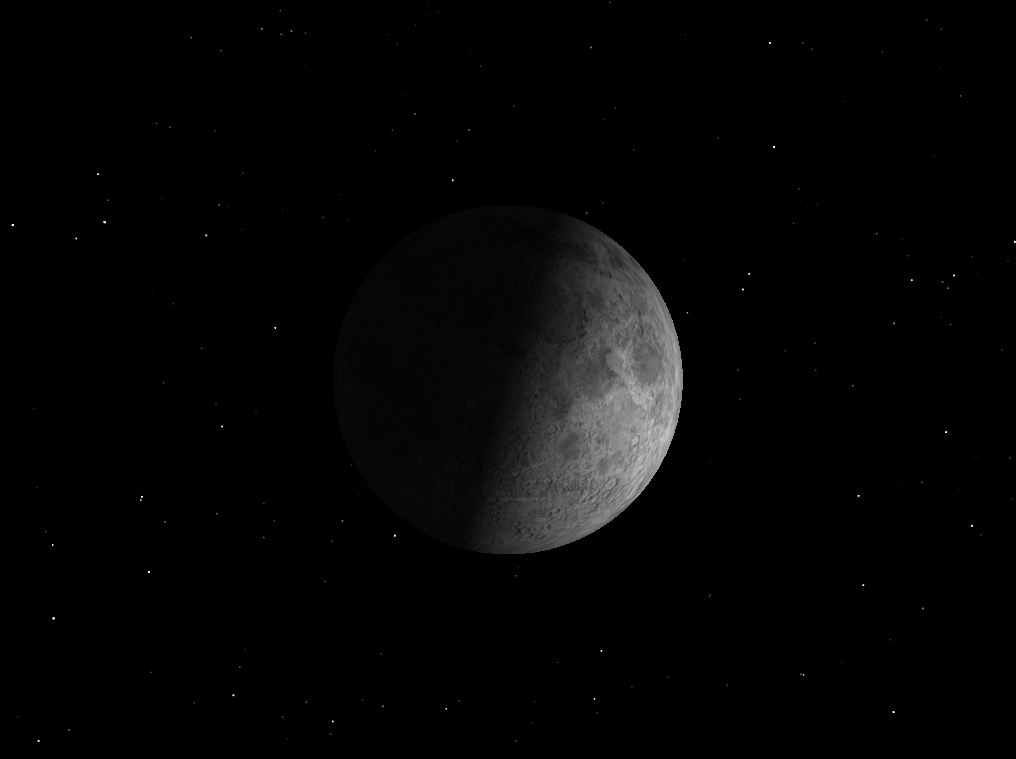
Thursday, Feb. 6, 2:22 p.m. EST. The First Quarter Moon rises around 11 a.m. and sets around 2 a.m. It dominates the evening sky.
Full Moon, February 2014
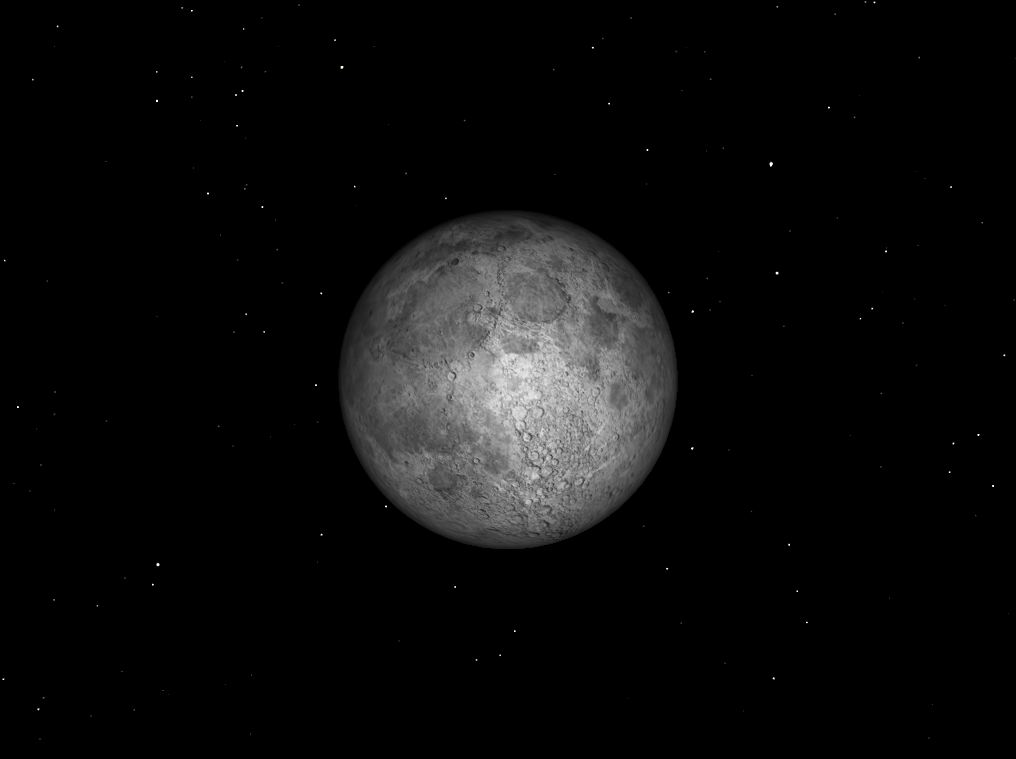
Friday, Feb. 14, 6:53 p.m. EST. The Full Moon of February is known as the Snow Moon or the Hunger Moon. It rises around sunset and sets around sunrise, the only night in the month when the moon is in the sky all night long. The rest of the month, the moon spends at least some time in the daytime sky.
Last Quarter Moon, February 2014
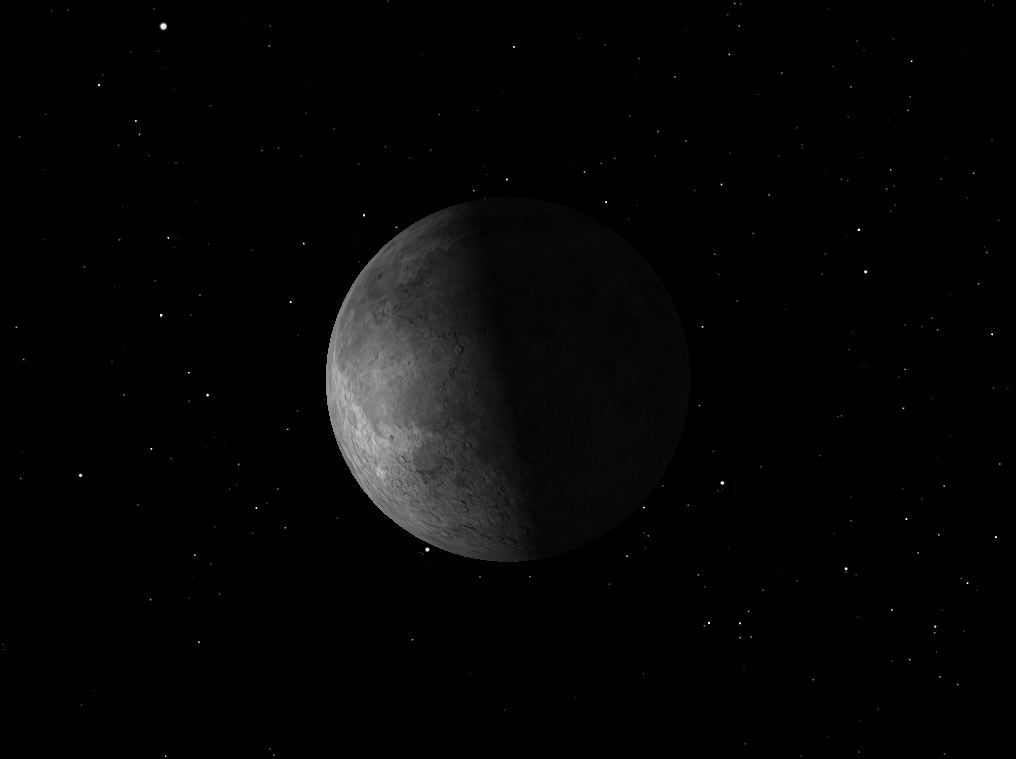
Saturday, Feb. 22, 12:15 p.m. EST. The Last Quarter Moon rises around 1 a.m. and sets around 11 a.m. It is most easily seen just after sunrise in the southern sky.
Double shadow transit on Jupiter
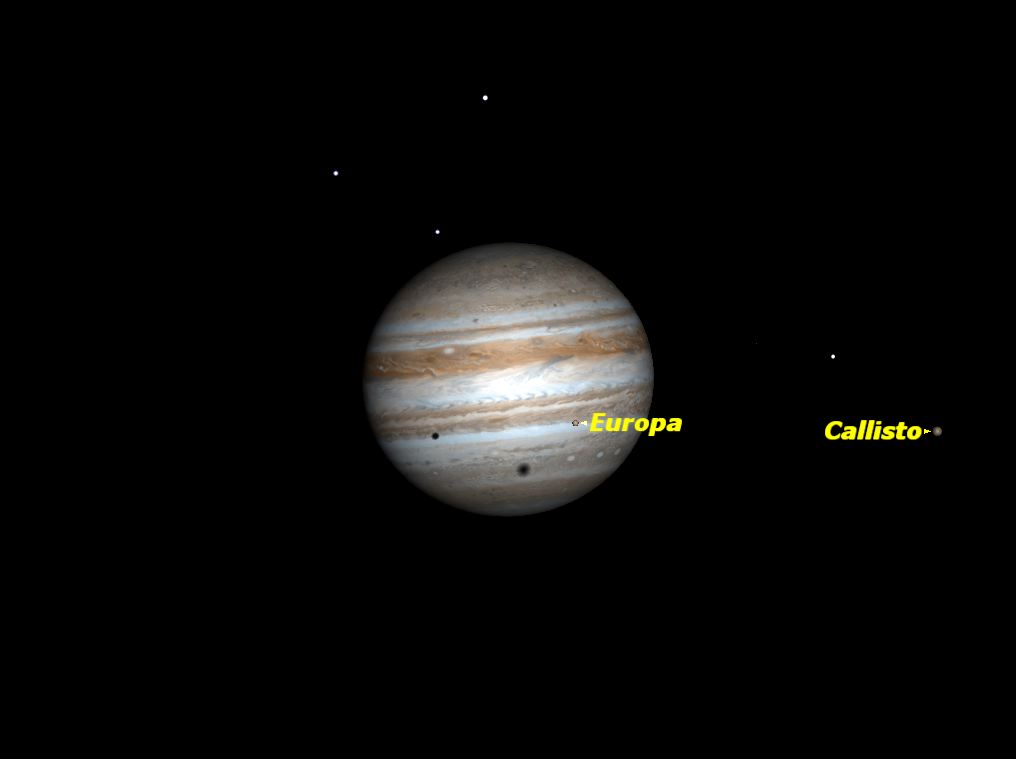
Thursday, Feb. 6, 2:23 a.m. – 4:45 a.m. PST. The shadows of two of Jupiter’s moons, Europa and Callisto, will cross Jupiter’s face simultaneously, best seen by observers on the West Coast of North America. This will occur after Jupiter has set on the East Coast.
Venus at Its Brightest, February 2014
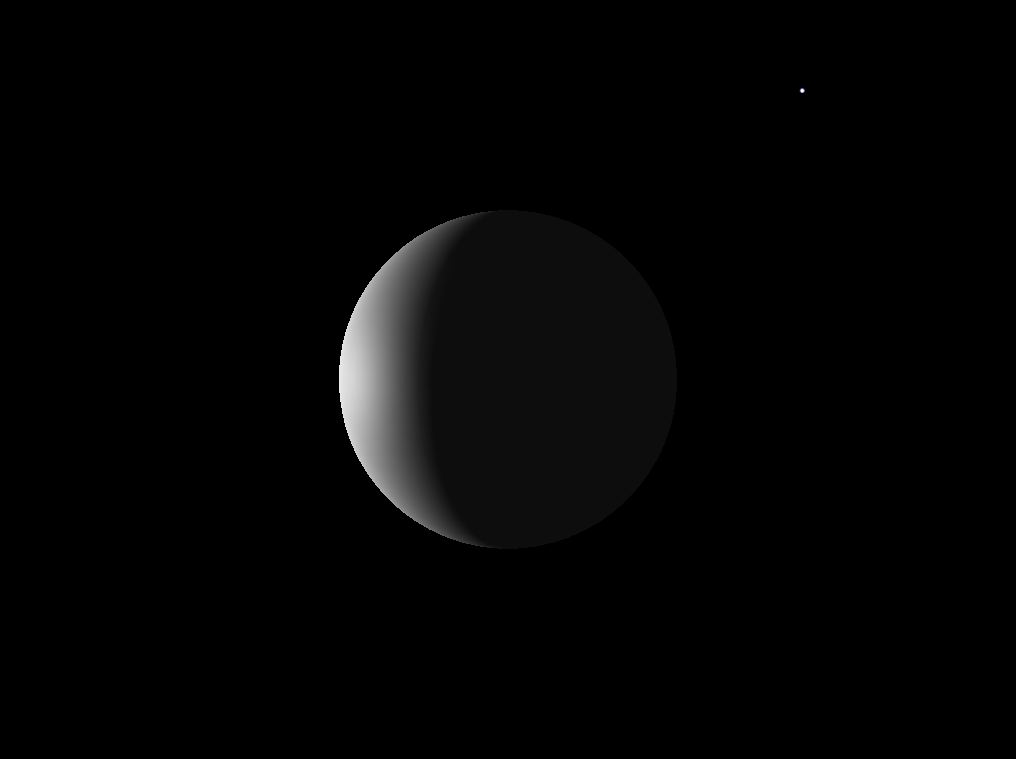
Saturday, Feb. 15, 4 a.m. EST. Venus reaches a point in its orbit where its phase and its distance from Earth reach an optimum point, causing it to shine at its brightest, magnitude –4.9.
Moon Close to Spica
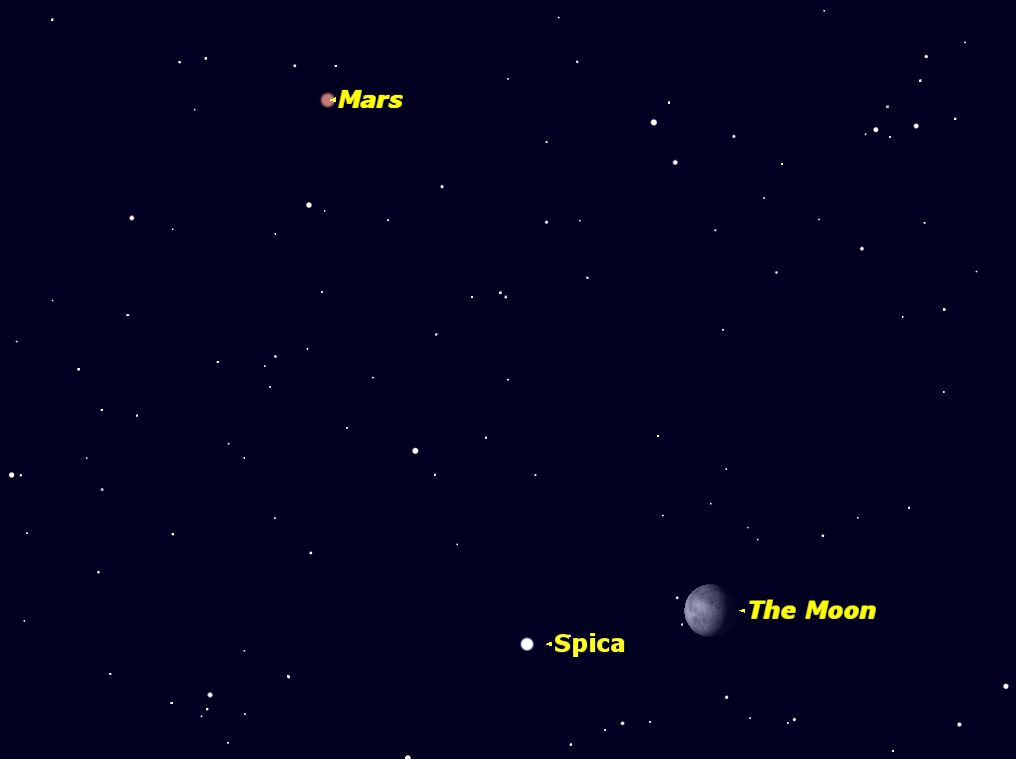
Wednesday, Feb. 19, before dawn. The waning gibbous moon will pass close to the bright star Spica. The planet Mars will also be close by.
The Moon Close to Saturn, February 2014
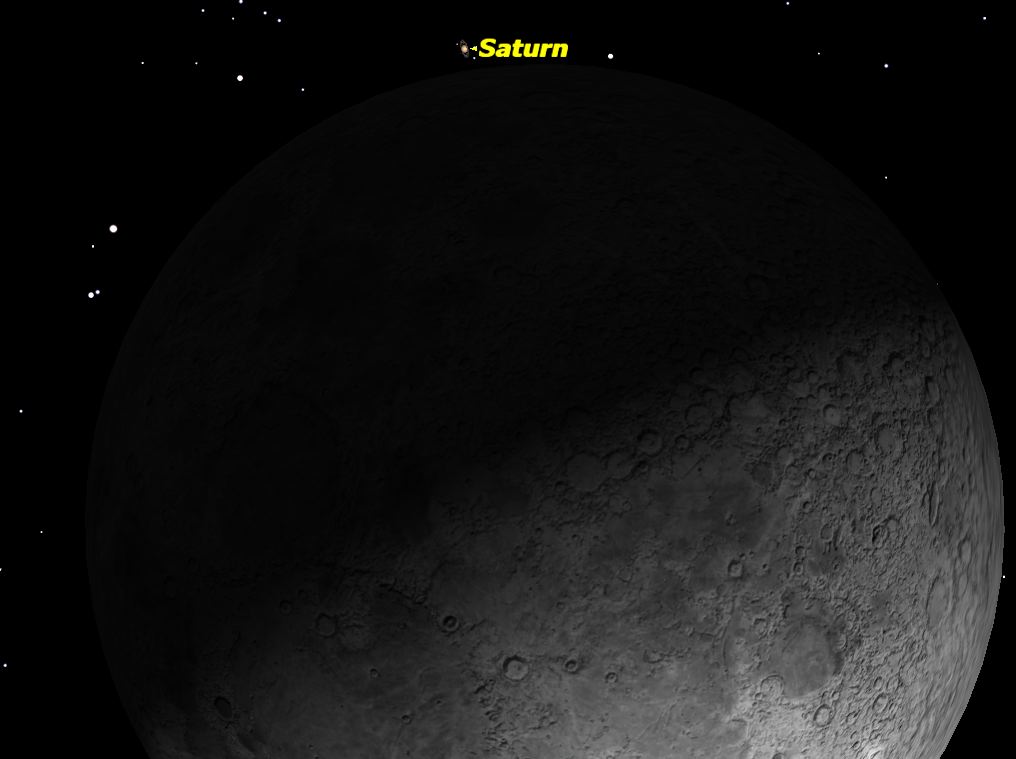
The moon will be close to the planet Saturn late Friday night/early Saturday morning (Feb. 21/22, 2014).
Get the Space.com Newsletter
Breaking space news, the latest updates on rocket launches, skywatching events and more!
Pallas at Opposition, February 2014
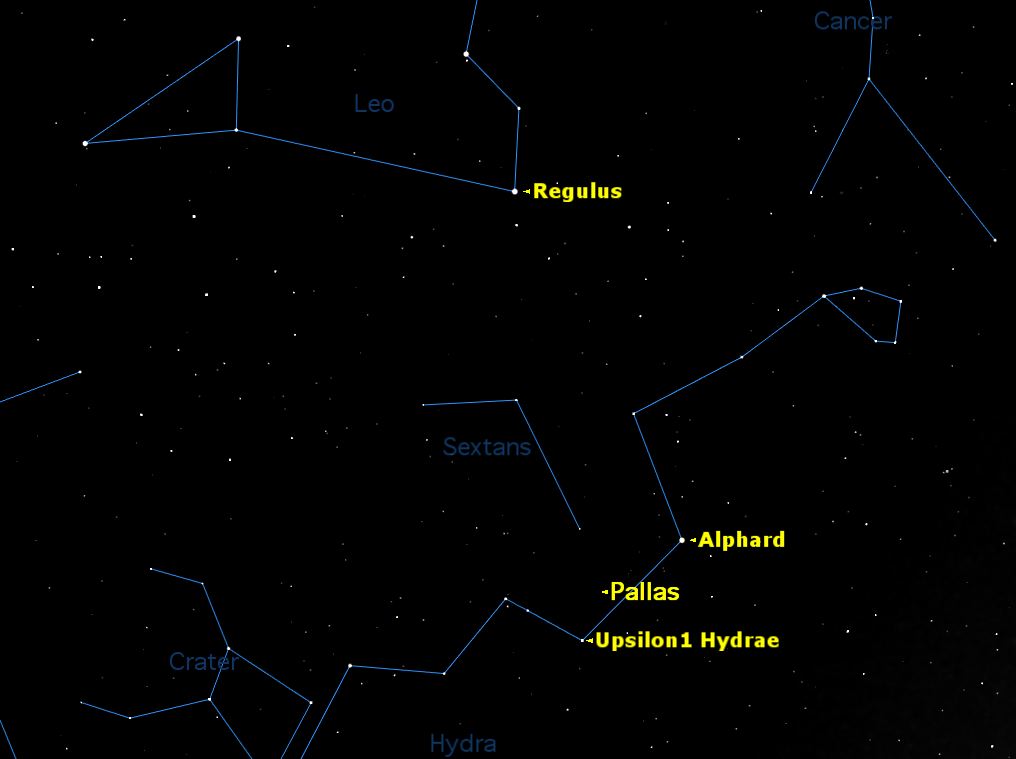
Saturday, Feb. 22, 4 a.m. EST. The asteroid Pallas will be in opposition to the sun. It will shine at magnitude 7.0 near the bright star Alphard in the constellation Hydra.
The Moon Close to Venus
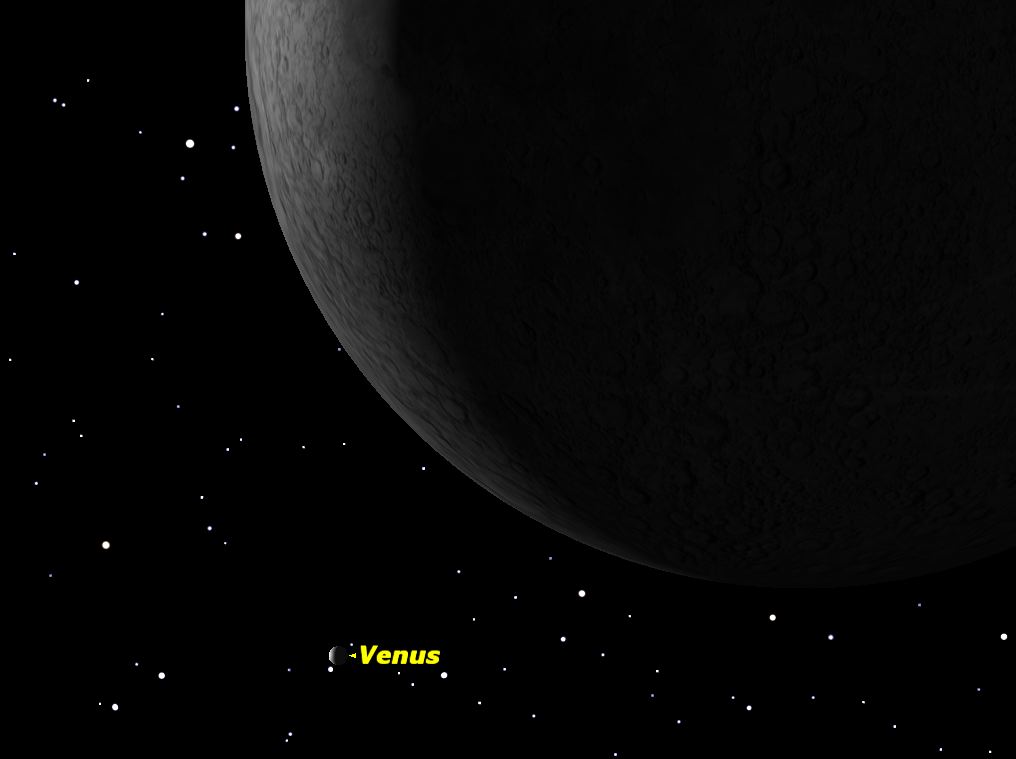
Wednesday, Feb. 26, sunrise. The slender crescent moon will be just to the left of Venus, which will appear as a miniature crescent in small telescopes. The moon will occult Venus in parts of Africa, India, and Southeast Asia.
Mercury, February 2014
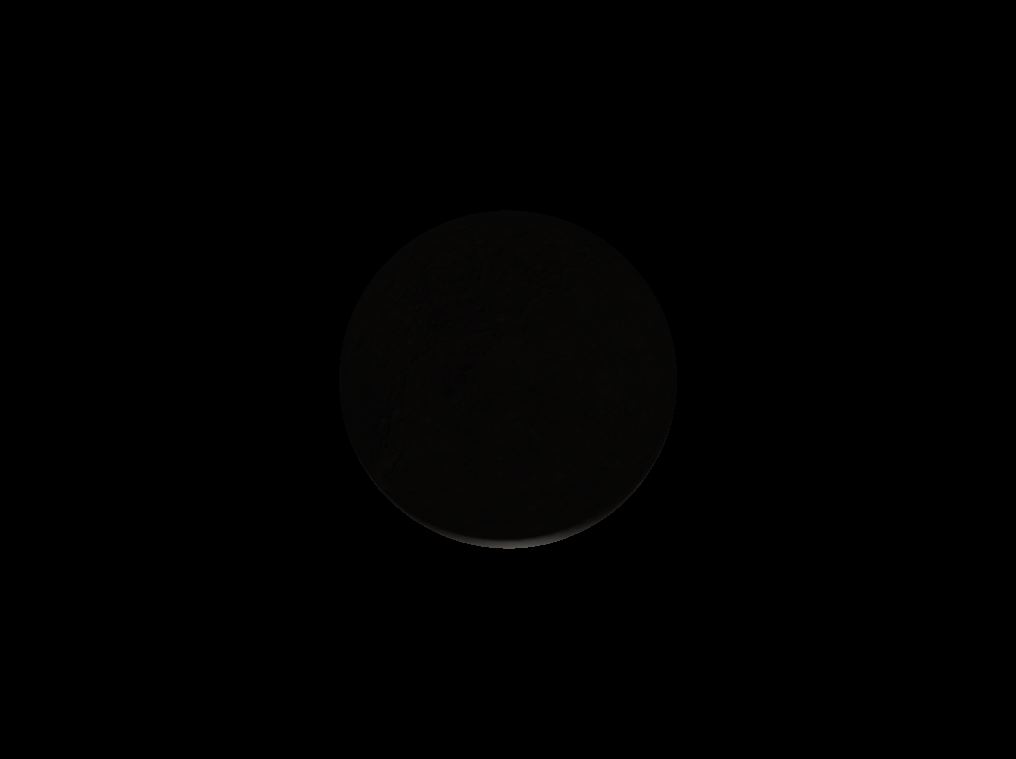
Mercury is well placed in the evening sky for observers in the northern hemisphere for the first few days of February. It will be in inferior conjunction with the sun on February 15, becoming well placed for observers in the southern hemisphere at the end of the month.
Mars, Februrary 2014
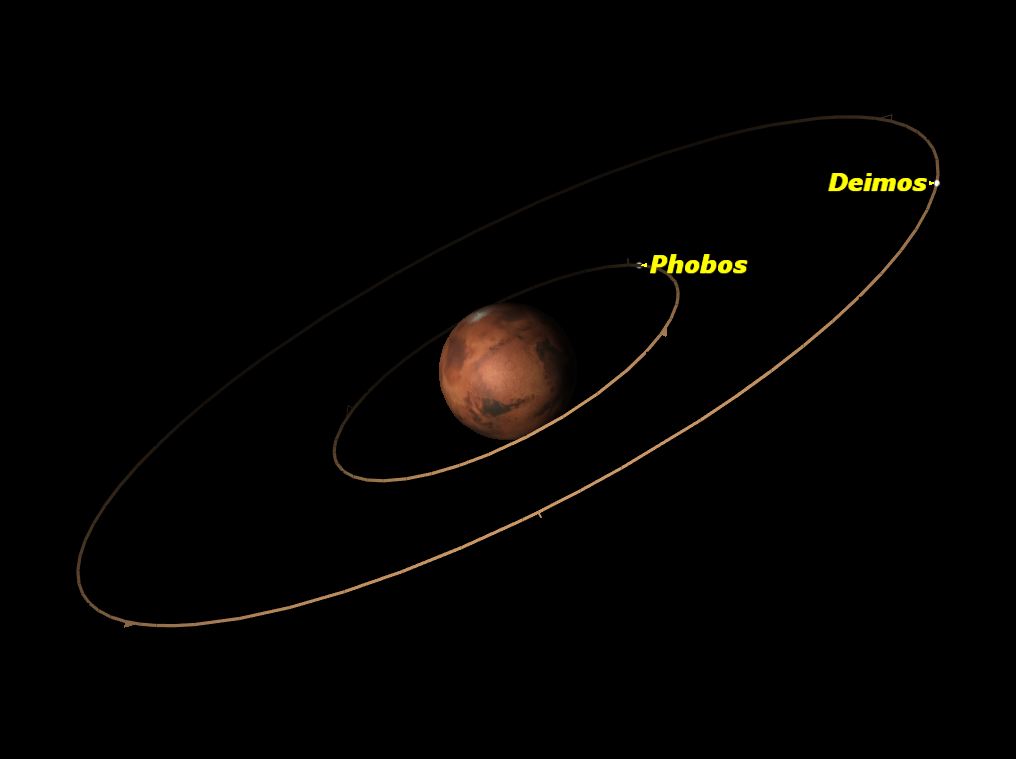
Mars is continues to brighten in Virgo in the morning sky.
Join our Space Forums to keep talking space on the latest missions, night sky and more! And if you have a news tip, correction or comment, let us know at: community@space.com.

Space.com is the premier source of space exploration, innovation and astronomy news, chronicling (and celebrating) humanity's ongoing expansion across the final frontier. Originally founded in 1999, Space.com is, and always has been, the passion of writers and editors who are space fans and also trained journalists. Our current news team consists of Editor-in-Chief Tariq Malik; Editor Hanneke Weitering, Senior Space Writer Mike Wall; Senior Writer Meghan Bartels; Senior Writer Chelsea Gohd, Senior Writer Tereza Pultarova and Staff Writer Alexander Cox, focusing on e-commerce. Senior Producer Steve Spaleta oversees our space videos, with Diana Whitcroft as our Social Media Editor.









